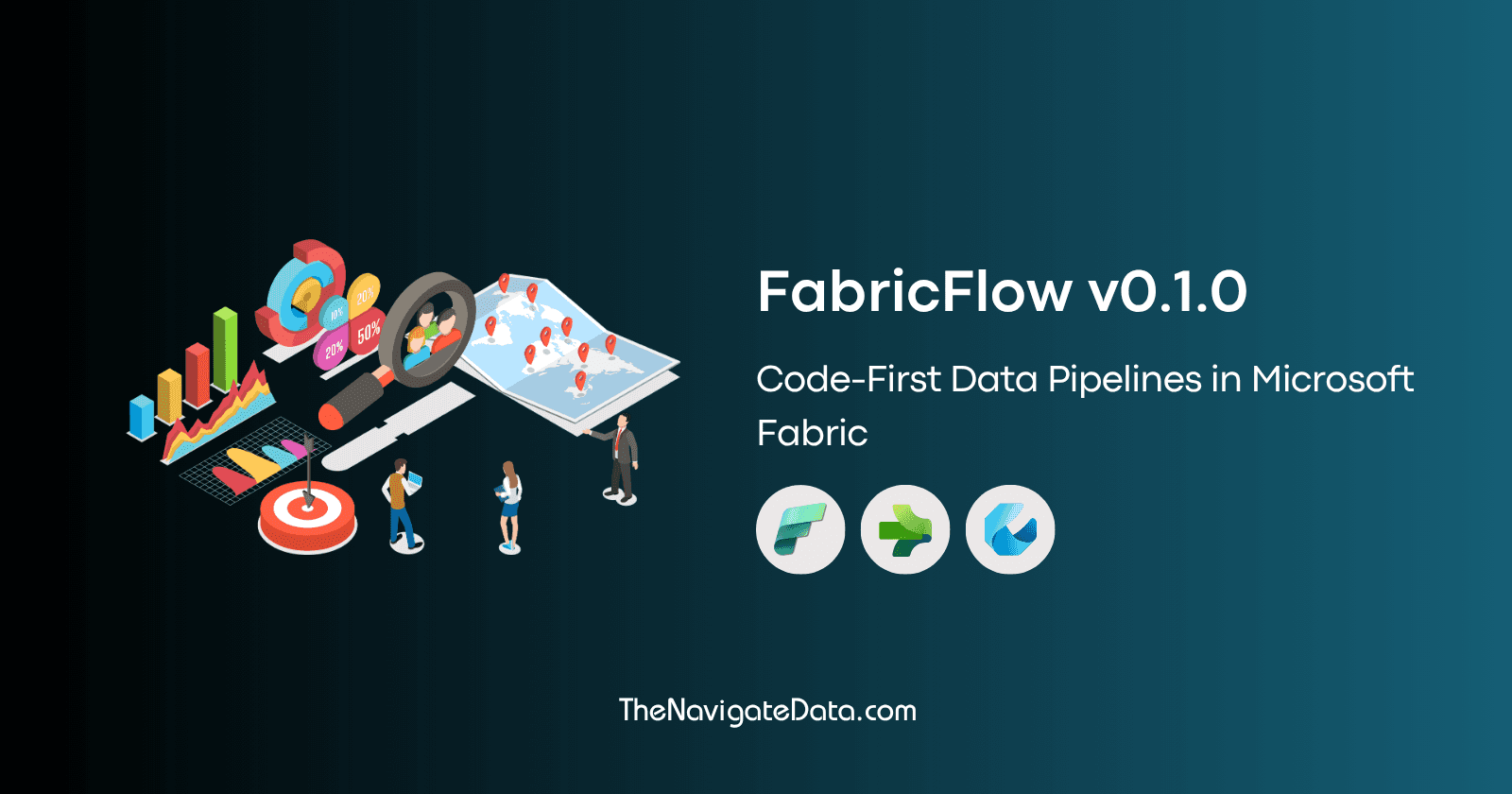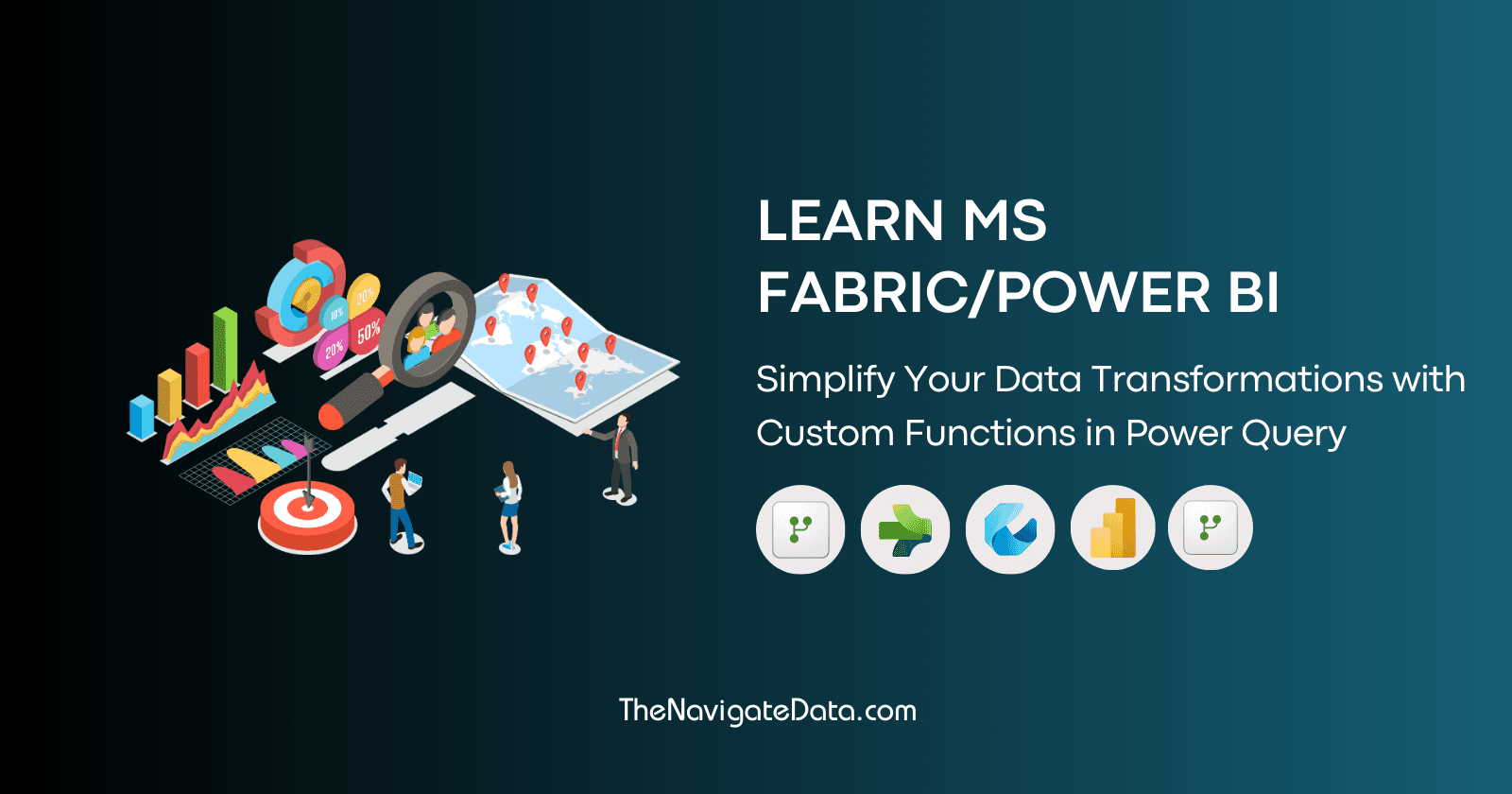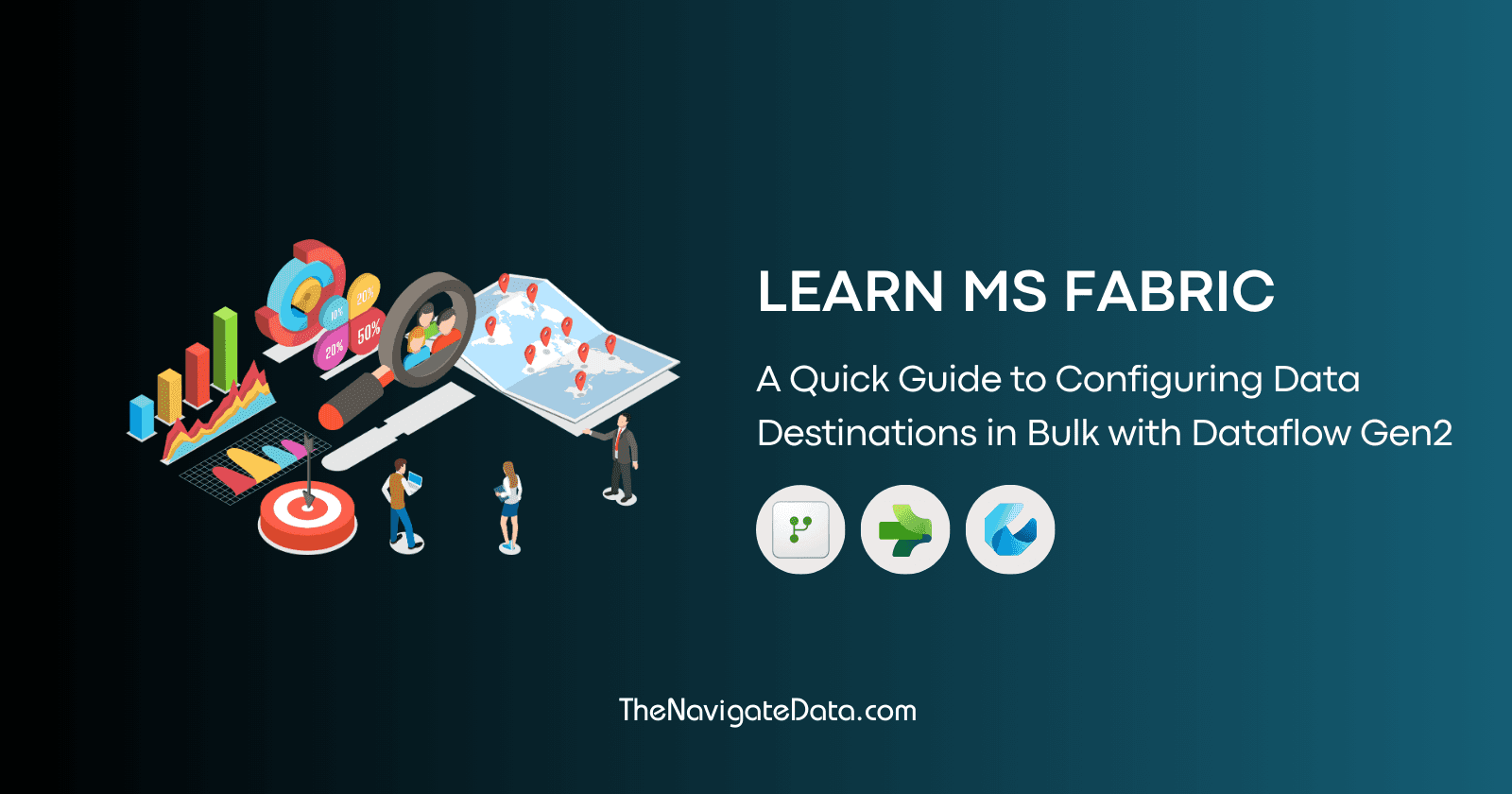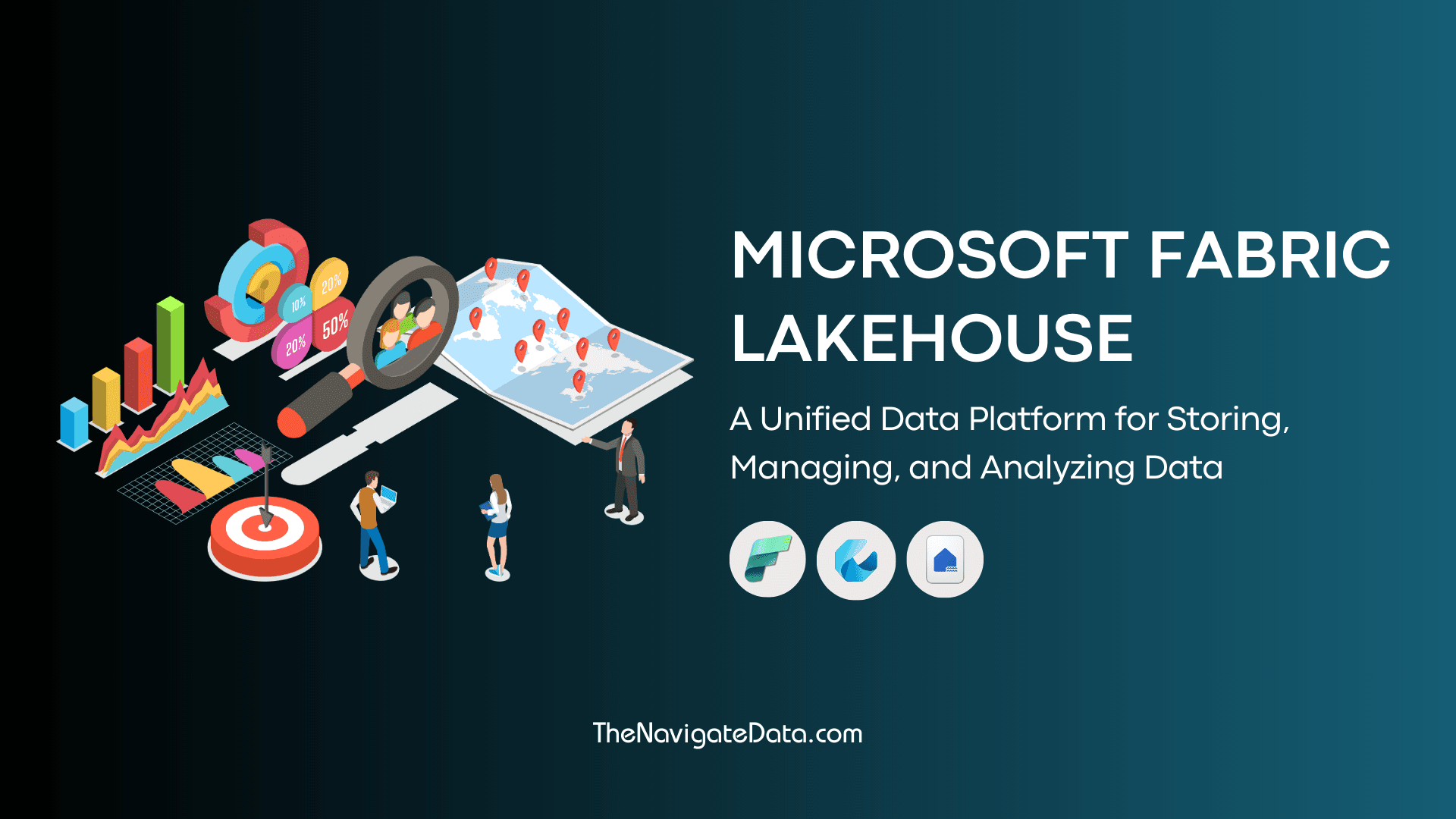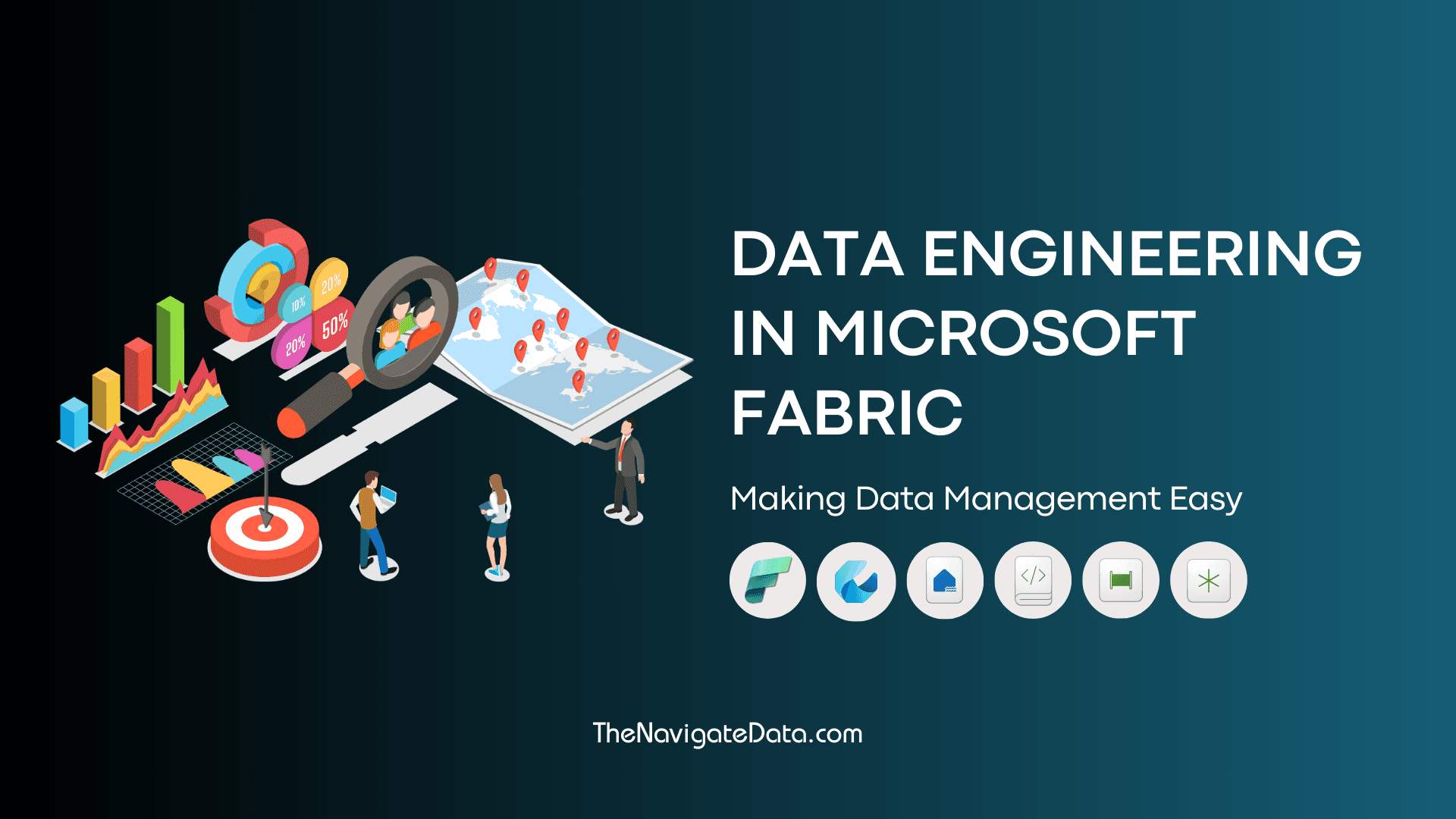Microsoft Fabric Lakehouse
Parth Lad
4 min read
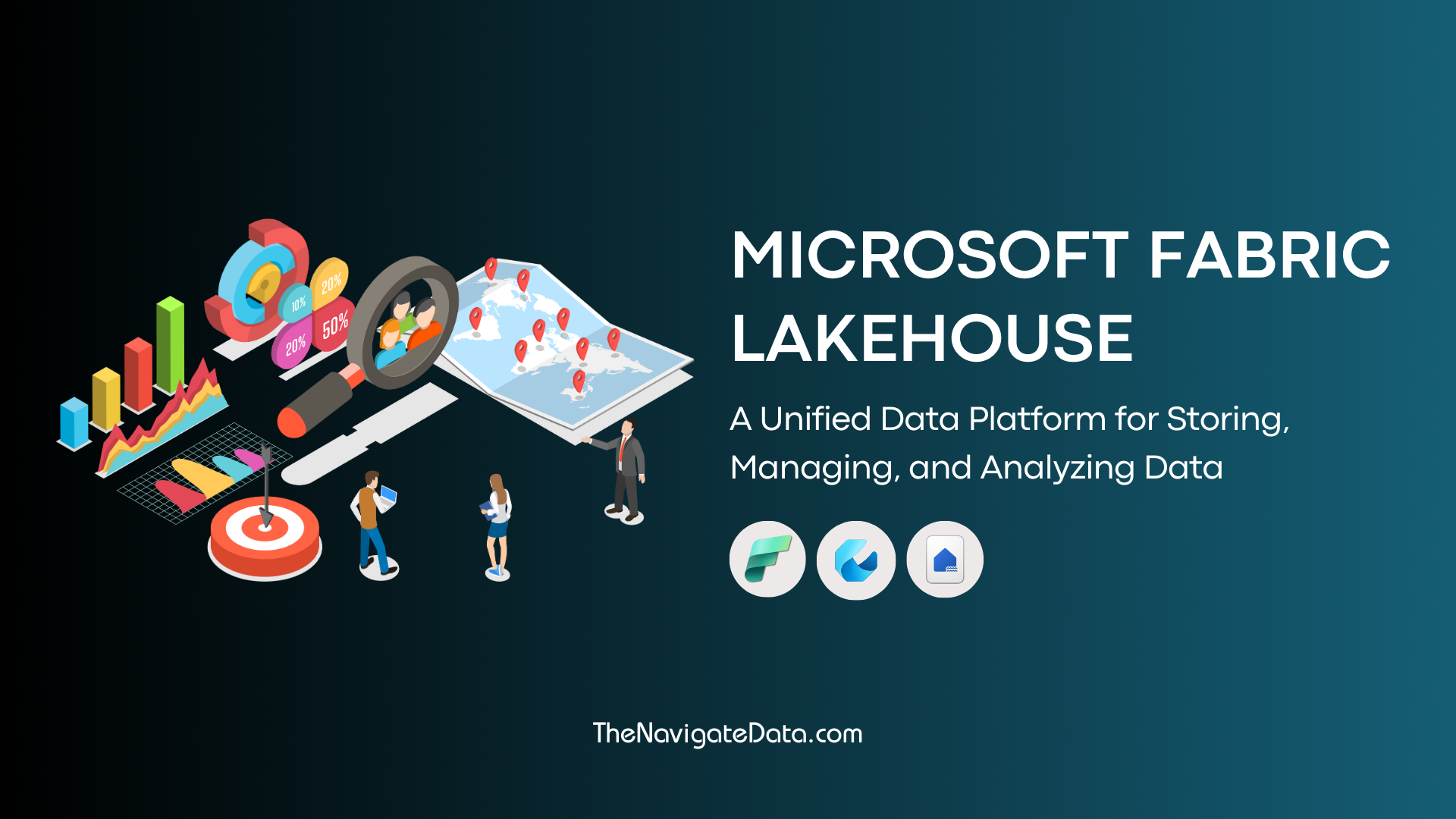
What is Microsoft Fabric Lakehouse?
In today's data-driven world, organizations are working with vast amounts of structured and unstructured data. Microsoft Fabric Lakehouse emerges as a comprehensive data architecture platform that seamlessly integrates data storage, management, and analysis into a single, scalable solution. It empowers organizations to efficiently handle large volumes of data using a variety of tools and frameworks, paving the way for enhanced data-driven decision-making.
Key Features of Microsoft Fabric Lakehouse:
Seamless Data Integration: Fabric Lakehouse effortlessly integrates with existing data management and analytics tools, providing a streamlined data workflow from ingestion to reporting.
SQL Analytics Endpoint: The built-in SQL analytics endpoint facilitates direct interaction with Delta tables, enabling users to analyze data directly from the lakehouse.
Automatic Table Discovery and Registration: Data engineers and data scientists can effortlessly drop files into the managed area of the Lakehouse, and the system automatically validates and registers them as tables, simplifying data management.
Flexible Data Interaction: Data engineers can interact with the Lakehouse using various methods, including the Lakehouse explorer, notebooks, pipelines, Apache Spark job definitions, and Dataflows Gen 2.
Benefits of Microsoft Fabric Lakehouse:
Unified Data Platform: Fabric Lakehouse consolidates data storage, management, and analysis into a single platform, eliminating data silos and streamlining data operations.
Enhanced Data Accessibility: The SQL analytics endpoint and flexible data interaction methods provide easy access to data for analysis and reporting.
Simplified Data Management: Automatic table discovery and registration streamline data management, reducing manual effort and improving data governance.
How to create a Lakehouse in Microsoft Fabric?
Setting up your Lakehouse in Microsoft Fabric is a straightforward process with multiple options to get started. Let's explore the steps to create your Lakehouse:
Open/Create the workspace.
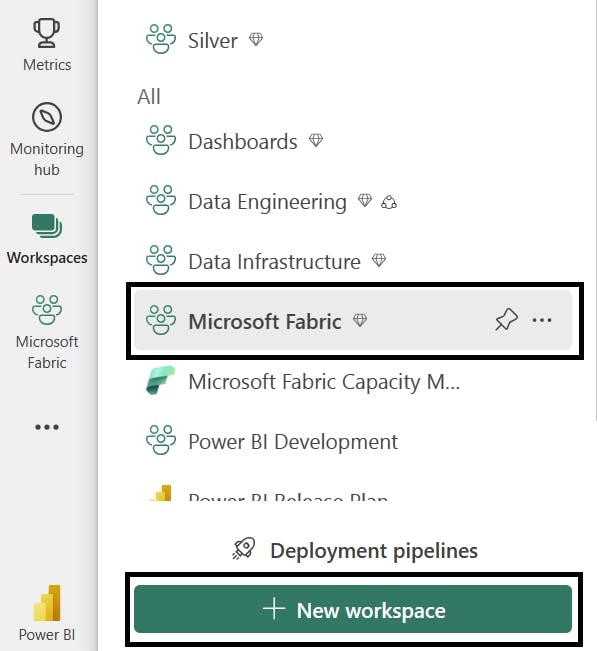
Click on the "+ New" icon at the top left corner and select "More Options".
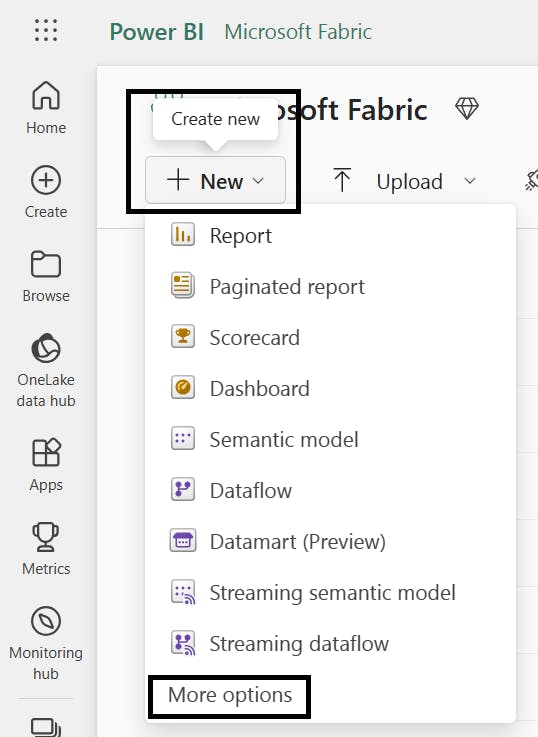
Locate the "Lakehouse" card within the "Data Engineering" section. Click on the card to initiate the lakehouse creation process.

Enter a name for your lakehouse and click "Create" to create a new Lakehouse.

Once created, you'll be directed to the Lakehouse Editor page, where you can begin loading data and exploring your newly created Lakehouse.
The Lakehouse Explorer
The Lakehouse Explorer is a central hub for interacting with the Lakehouse data. It provides a user-friendly interface for loading, navigating, previewing, and managing the data.

Key Sections of the Lakehouse Explorer
Lakehouse Explorer: Offers a visual representation of your Lakehouse, including tables, folders, and files.
Main View: Displays detailed information about the selected object, such as file contents or table schema.
Ribbon: Provides quick access to essential tasks, such as loading data, refreshing the Lakehouse, and updating settings.
Loading Data into Your Lakehouse
The Lakehouse Explorer offers several ways to load data, including:
Local file/folder upload: Upload data directly from your local machine.
Notebook code: Use Spark libraries to connect to data sources and load data into dataframes.
Copy tool in pipelines: Connect to data sources and load data into Delta tables.
Dataflows Gen 2: Create dataflows to import, transform, and publish data.
Accessing the SQL Analytics Endpoint
The SQL analytics endpoint allows you to work directly with Delta tables in your Lakehouse. Access it using the dropdown menu in the top-right corner of the ribbon.
Summary
Overall, Microsoft Fabric Lakehouse stands out as a powerful and versatile data architecture platform that empowers organizations to harness the full potential of their data, driving innovation and success in today's data-driven landscape. With its simplified data management, enhanced data accessibility, and unified data platform, Fabric Lakehouse streamlines data operations, enabling organizations to make informed decisions and achieve their data-driven goals.
References
Written by
Parth Lad
I'm a data analyst who loves finding insights from numbers and visualizing them. I write about Data Analytics, Data Engineering, Power BI, and DAX on Medium & Hashnode.
Follow me for more!✌️😉
